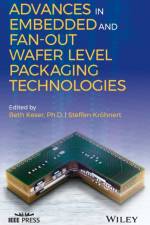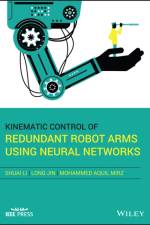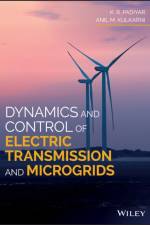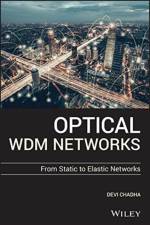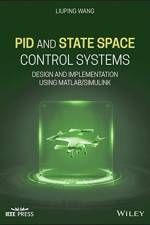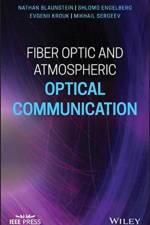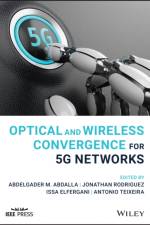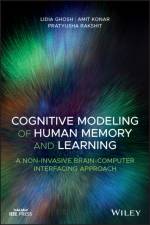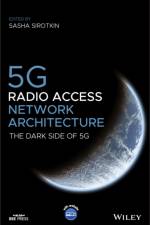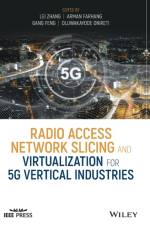- Principles, Technologies and Applications
av B Cao
1 531
Explore foundational concepts in blockchain theory with an emphasis on recent advances in theory and practiceIn Wireless Blockchain: Principles, Technologies and Applications, accomplished researchers and editors Bin Cao, Lei Zhang, Mugen Peng, and Muhammad Ali Imran deliver a robust and accessible exploration of recent developments in the theory and practice of blockchain technology, systems, and potential application in a variety of industrial sectors, including manufacturing, entertainment, public safety, telecommunications, public transport, healthcare, financial services, automotive, and energy utilities.The book presents the concept of wireless blockchain networks with different network topologies and communication protocols for various commonly used blockchain applications. You'll discover how these variations and how communication networks affect blockchain consensus performance, including scalability, throughput, latency, and security levels.You'll learn the state-of-the-art in blockchain technology and find insights on how blockchain runs and co-works with existing systems, including 5G, and how blockchain runs as a service to support all vertical sectors efficiently and effectively. Readers will also benefit from the inclusion of:* A thorough introduction to the Byzantine Generals problem, the fundamental theory of distributed system security and the foundation of blockchain technology* An overview of advances in blockchain systems, their history, and likely future trends* Practical discussions of Proof-of-Work systems as well as various Proof-of-"X" alternatives, including Proof-of-Stake, Proof-of-Importance, and Proof-of-Authority* A concise examination of smart contracts, including trusted transactions, smart contract functions, design processes, and related applications in 5G/B5G* A treatment of the theoretical relationship between communication networks and blockchainPerfect for electrical engineers, industry professionals, and students and researchers in electrical engineering, computer science, and mathematics, Wireless Blockchain: Principles, Technologies and Applications will also earn a place in the libraries of communication and computer system stakeholders, regulators, legislators, and research agencies.

